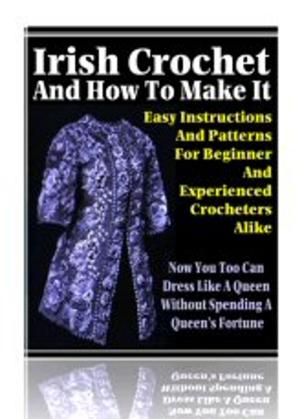Treatment of osteoporosis with a new herbal preparation
Nonfiction, Health & Well Being, Health, Ailments & Diseases, Musculoskeletal, Pain Management, Nutrition & Diet, Food Content Guides| Author: | VT | ISBN: | 1230002011578 |
| Publisher: | VT | Publication: | November 20, 2017 |
| Imprint: | Language: | English |
| Author: | VT |
| ISBN: | 1230002011578 |
| Publisher: | VT |
| Publication: | November 20, 2017 |
| Imprint: | |
| Language: | English |
Osteoporosis affects all women during the perimenopausal period. Osteoporotic fractures are more common in older postmenopausal women and account for significant morbidity and mortality1. Although age is an independent risk factor for fractures, bone mineral density (BMD) is one of the strongest predictors of fractures
Women often are unaware that they have osteoporosis until they experience an unexpected and painful fracture, usually when they are in their postmenopausal period. The first indication of osteoporosis may be a broken wrist or hip caused by a minor fall. Osteoporotic fractures, particularly those of the hip and spine, often lead to significant pain and disability. The fracture of the wrist often heals with little residual deformity. Studies have also shown that women lose more trabecular bone at a higher rate than men.
Osteoporosis affects all women during the perimenopausal period. Osteoporotic fractures are more common in older postmenopausal women and account for significant morbidity and mortality1. Although age is an independent risk factor for fractures, bone mineral density (BMD) is one of the strongest predictors of fractures
Women often are unaware that they have osteoporosis until they experience an unexpected and painful fracture, usually when they are in their postmenopausal period. The first indication of osteoporosis may be a broken wrist or hip caused by a minor fall. Osteoporotic fractures, particularly those of the hip and spine, often lead to significant pain and disability. The fracture of the wrist often heals with little residual deformity. Studies have also shown that women lose more trabecular bone at a higher rate than men.















